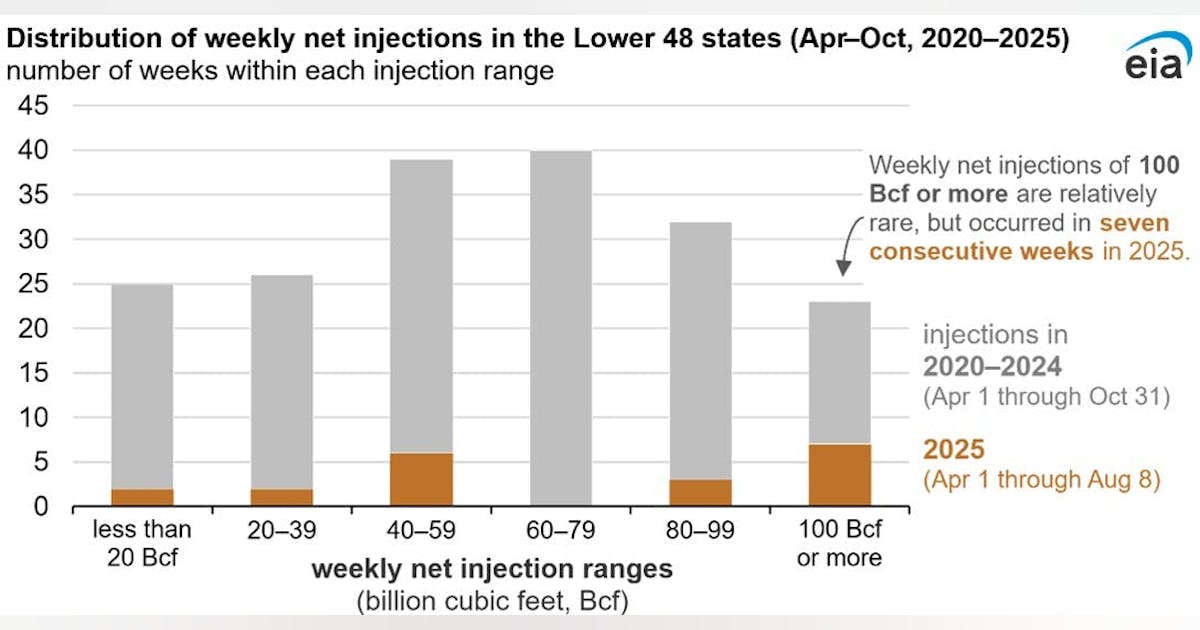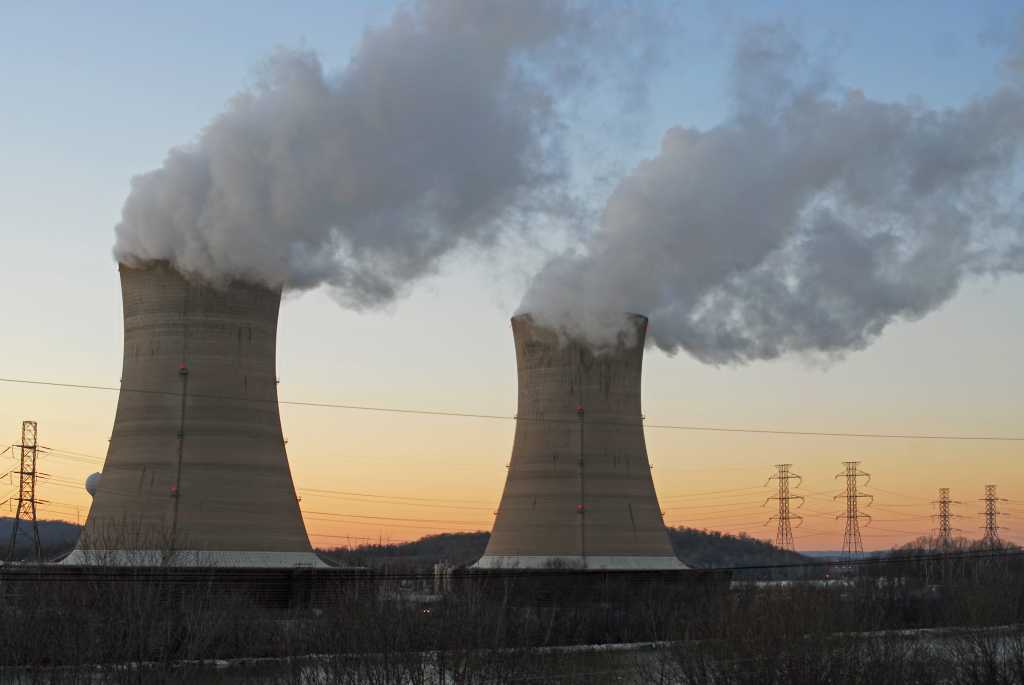With the rapid growth of physical data center infrastructure, it’s no surprise that a niche market has emerged for companies specializing in land acquisition. Reports of massive property purchases by firms planning new facilities appear almost daily—and so do accounts of the challenges developers face before the first shovel hits the ground. As parcel sizes grow and power and water demands intensify, the complexities of acquiring and preparing these sites have only increased. Tract is a leader in this space. The Denver-based company develops master-planned data center parks, with more than 25,000 acres of potential sites under its control and plans to support over 25 GW of workload capacity. To put that into perspective, 25,000 acres is roughly 40 square miles—about two-thirds the land area of Washington, D.C., or, for European readers, two-thirds the size of Liechtenstein. Building Shovel-Ready Megasites Rather than waiting for developers to come knocking, Tract takes a proactive approach, built on the core belief that the future of data center growth lies in pre-entitled, zoned, and infrastructure-ready megasites. The company works years in advance to deliver shovel-ready campuses with reliable energy, fiber connectivity, and municipal cooperation already in place. Its model emphasizes strategic land aggregation in high-growth regions, the cultivation of long-term relationships with utilities and governments, and master planning for power, cooling, transportation, and sustainability. This integrated approach positions Tract to deliver both speed and certainty to hyperscale project developers—at scale. Tract’s leadership team brings deep industry experience. Founder and Executive Chairman Grant van Rooyen previously led acquisitions and expansions at Cologix and Teraco. President Matt Spencer brings more than 35 years of telecom and infrastructure leadership, while Chief Energy Officer Nat Sahlstrom, former head of Amazon’s global energy, water, and sustainability teams, helped make Amazon the world’s largest buyer of renewable energy. Backed by




















